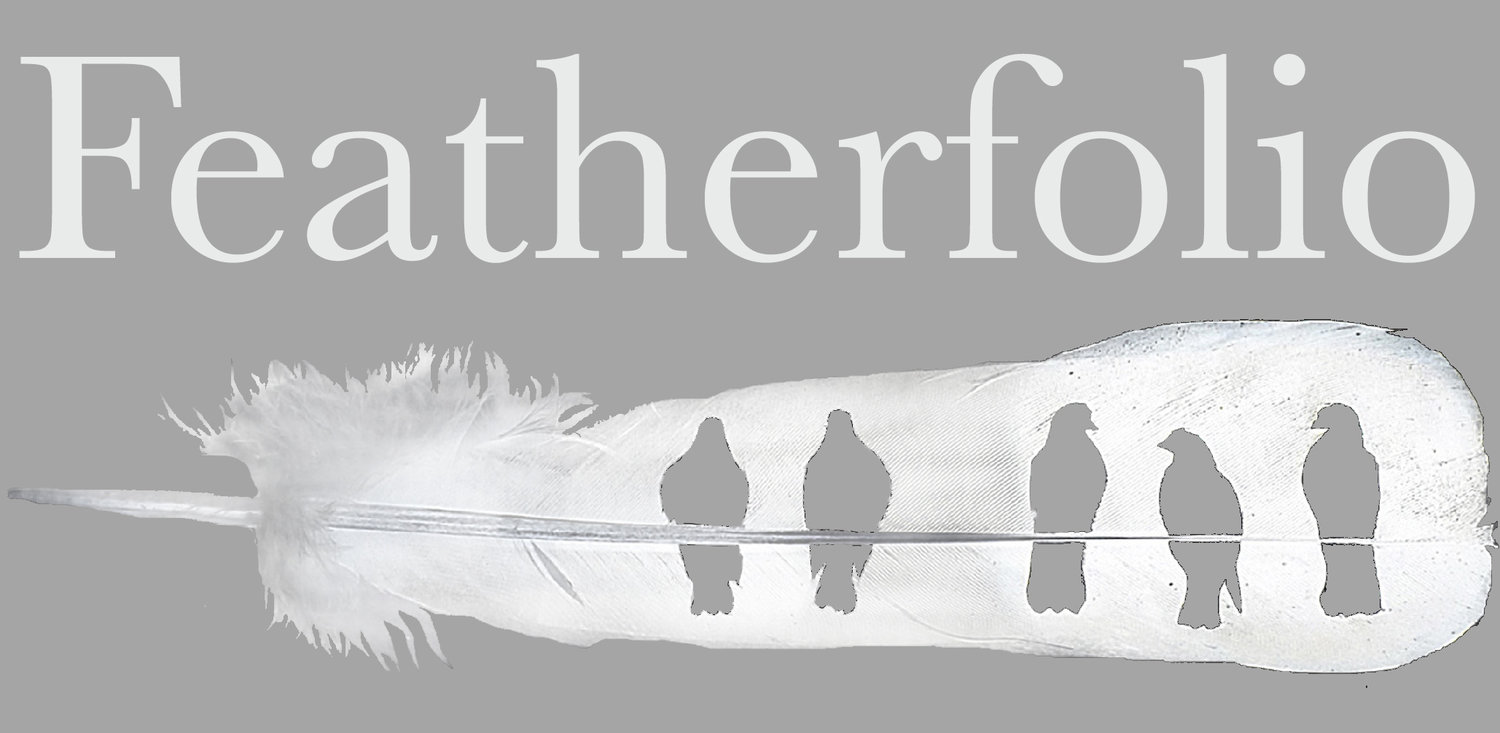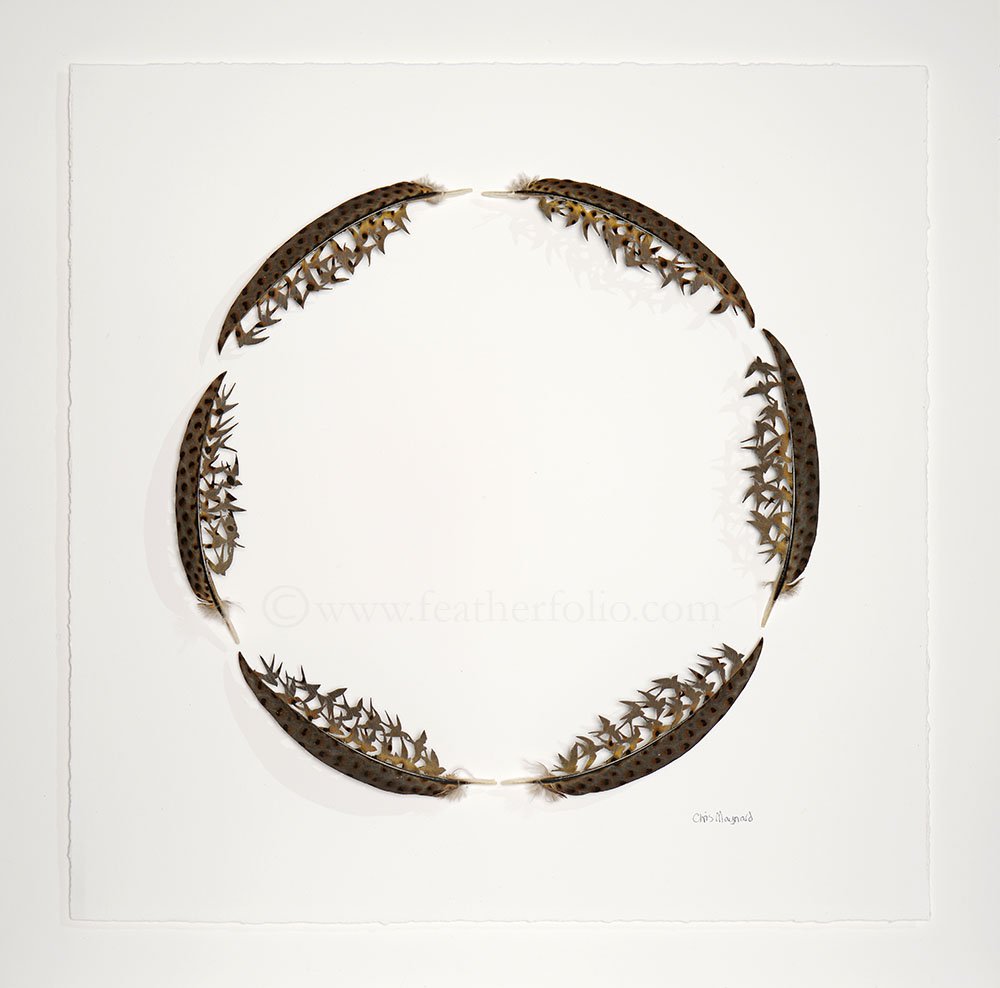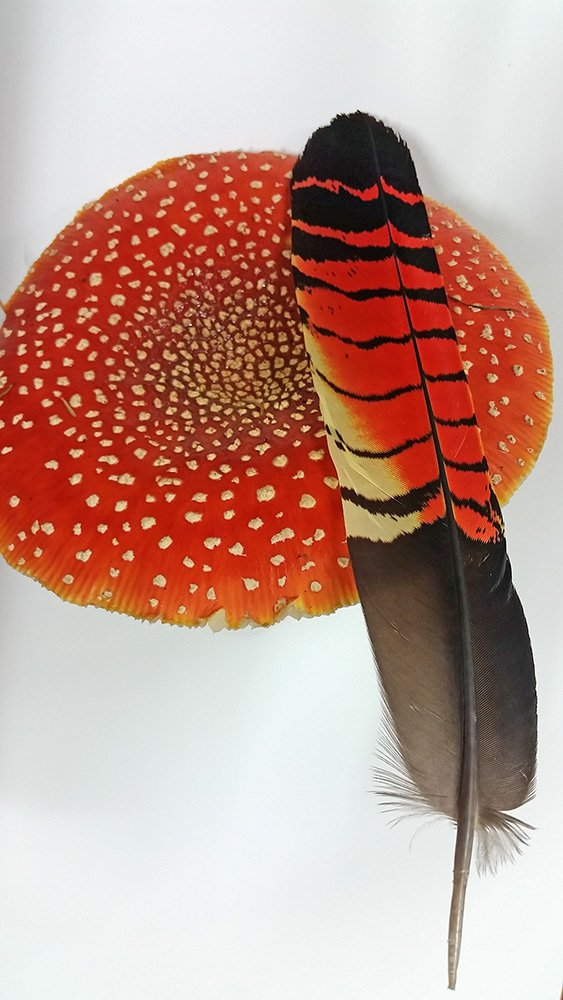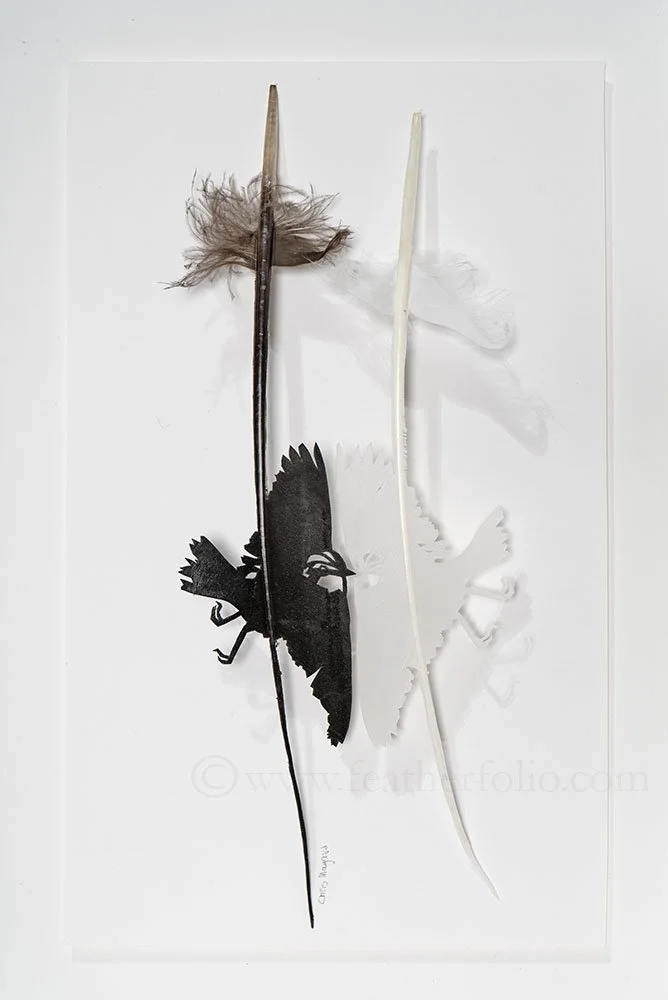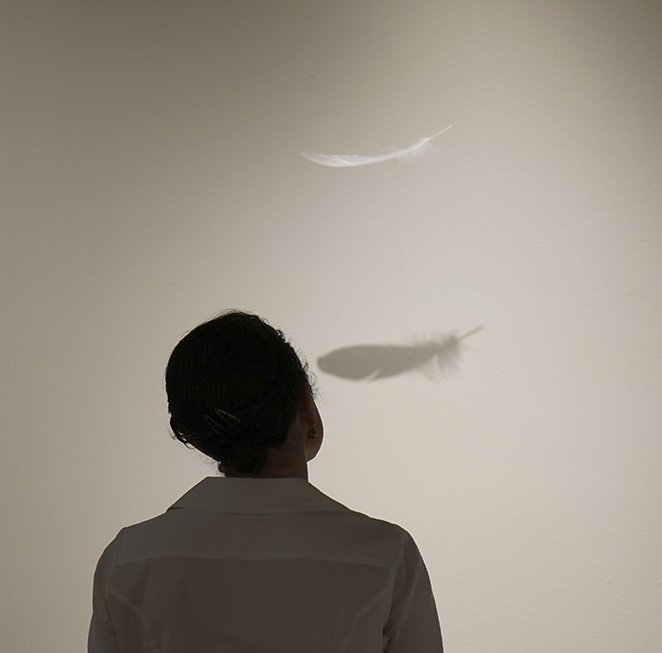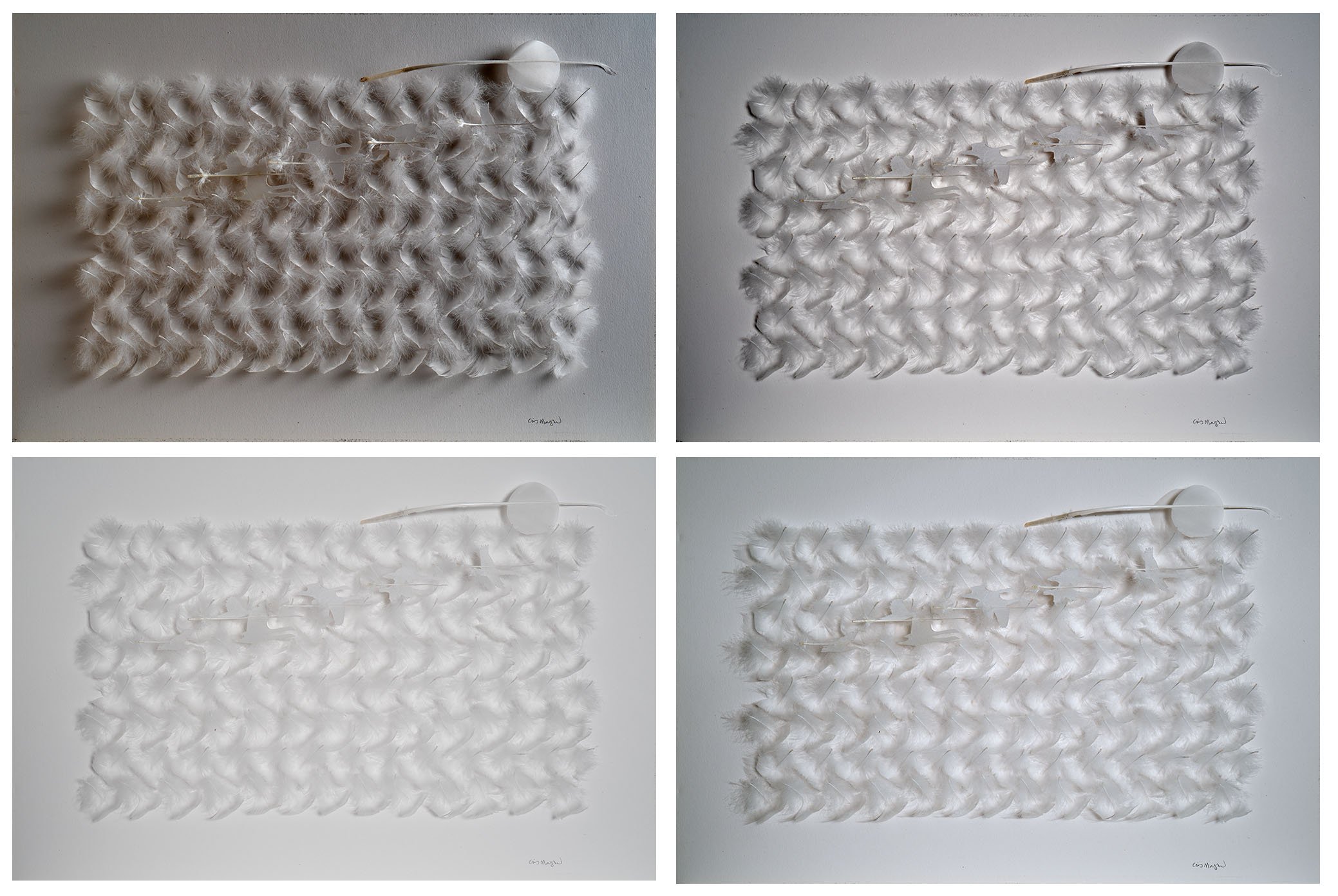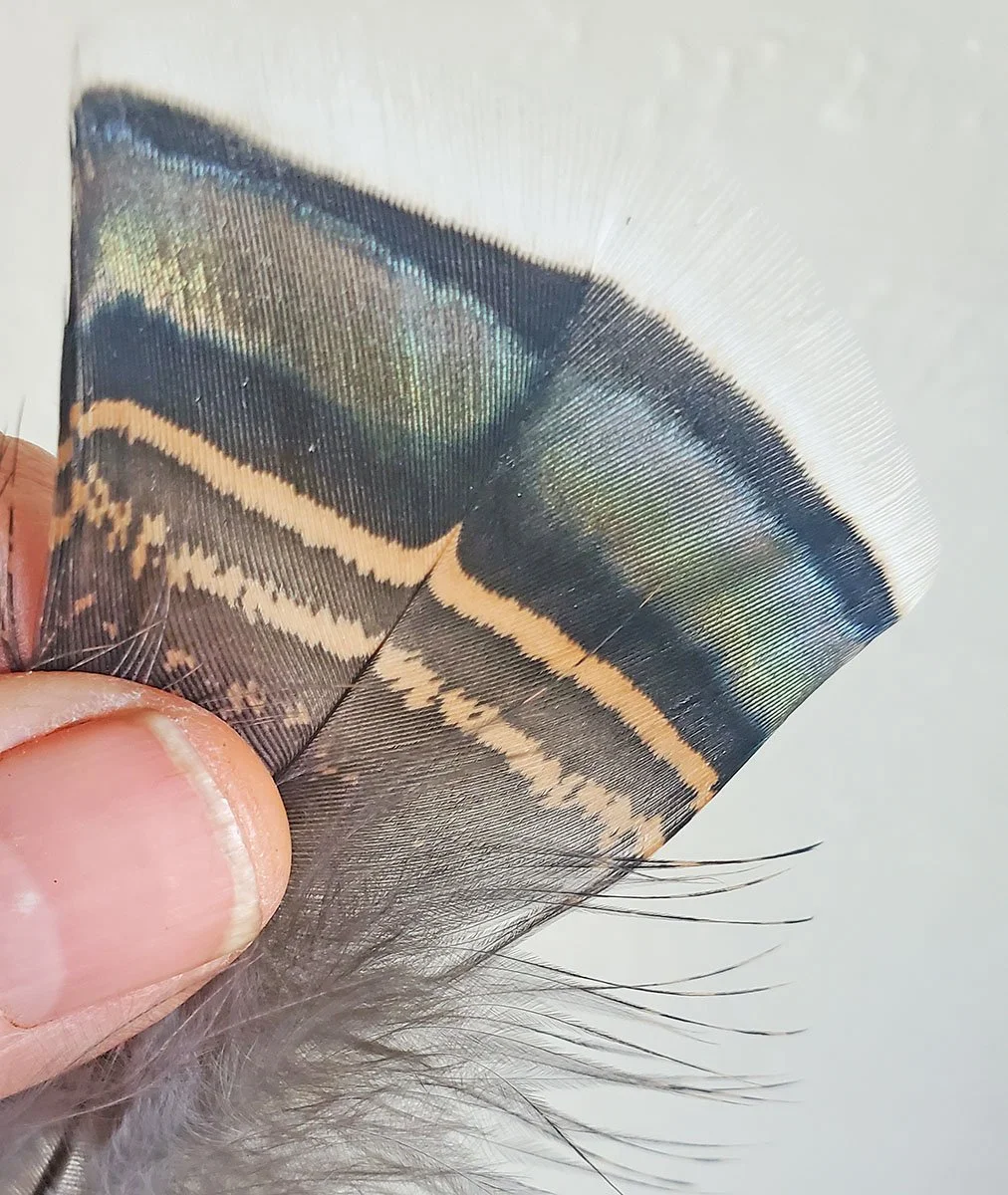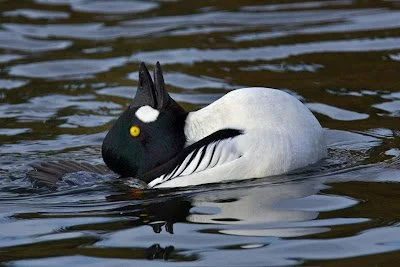Around We Go
I’ve been feeling disoriented when thinking about our concepts of Up and Down. We need to orient ourselves in the world in order to make sense of it. So we make up stories for how the world is. Like existence having an up and down. But it doesn’t. The earth turns around in space amid the solar system and galaxy amid multiple galaxies. Another story we could make up which could feel just as true could be that instead of standing on the earth, we are hanging upside down, pulled by gravity. Then the Earth would be up, where heaven resides and hell would be the space below: space. Imagine that. You might feel disoriented.
Disorientation can be a good thing because it lets us experience the world in a fresh way, perhaps encouraging a sense of wonder and curiosity
As I think of this alternate way of perceiving up and down, I wonder what a flying bird’s take would be. After all, they fly in more of a three dimensional space than us, but like us, always oriented by gravity. Do they worship the earth and think that is where they want to go after they die instead of up into the clouds? I mean, they already have access to the clouds, sort of. Maybe they know something we don’t about the nature of what it is like there. But then again, isn’t the idea of heaven our story also?
Like I said, thinking about this stuff is disorienting.
